 We had a great time exploring Tugaloo Bend along the Tugaloo Corridor, which is one of the most historical places in the state. Native American Indians specifically the Cherokee had villages throughout this area with names like: Estatoe, Tugaloo, Noyouwee, Echy, Chaugee, Keowee, Toxsaah, Taucoe, Sukchi, Tetohe, Taruraw, Tussee, Cussatee, Cattuse, Takwashuaw, Sennekaw, Ustanali, Tagwahi, Kulahiy, Itseyi, and Kulsagee, among others.
We had a great time exploring Tugaloo Bend along the Tugaloo Corridor, which is one of the most historical places in the state. Native American Indians specifically the Cherokee had villages throughout this area with names like: Estatoe, Tugaloo, Noyouwee, Echy, Chaugee, Keowee, Toxsaah, Taucoe, Sukchi, Tetohe, Taruraw, Tussee, Cussatee, Cattuse, Takwashuaw, Sennekaw, Ustanali, Tagwahi, Kulahiy, Itseyi, and Kulsagee, among others.
 The path we hiked this past Saturday took us through a forest that was only 60 years old. Indians kept this land clear allowing small plants to grow up for deer and others animals to have food. After the Indians were forcibly removed from the land during the Trail of Tears, white settlers began to farm the land and raise cattle. Today Tugaloo Bend is located on the site of one of the settler’s farms but before it was farm or grazing land for cattle, it was home to hundreds of Cherokee and named Estatoe.
The path we hiked this past Saturday took us through a forest that was only 60 years old. Indians kept this land clear allowing small plants to grow up for deer and others animals to have food. After the Indians were forcibly removed from the land during the Trail of Tears, white settlers began to farm the land and raise cattle. Today Tugaloo Bend is located on the site of one of the settler’s farms but before it was farm or grazing land for cattle, it was home to hundreds of Cherokee and named Estatoe.
 The weekend was beautiful and we loved being out along the corridor. It is one of my favorite places to hike or kayak. “The towns were not a cluster of homes as one might think, but more like a small colony spread out sometimes over a couple of miles with their focal points being the council houses at each town center. Essentially the entire Tugaloo River corridor was settled for miles in every direction. Virtually every town, many having populations of 600 or more, had its own resident trader. The Journal of Indian Trade Commissioner Colonel George Chicken, in 1725, relates the activities of many of these towns, especially Tugaloo, Noyouwee, and Estatoe.”
The weekend was beautiful and we loved being out along the corridor. It is one of my favorite places to hike or kayak. “The towns were not a cluster of homes as one might think, but more like a small colony spread out sometimes over a couple of miles with their focal points being the council houses at each town center. Essentially the entire Tugaloo River corridor was settled for miles in every direction. Virtually every town, many having populations of 600 or more, had its own resident trader. The Journal of Indian Trade Commissioner Colonel George Chicken, in 1725, relates the activities of many of these towns, especially Tugaloo, Noyouwee, and Estatoe.”
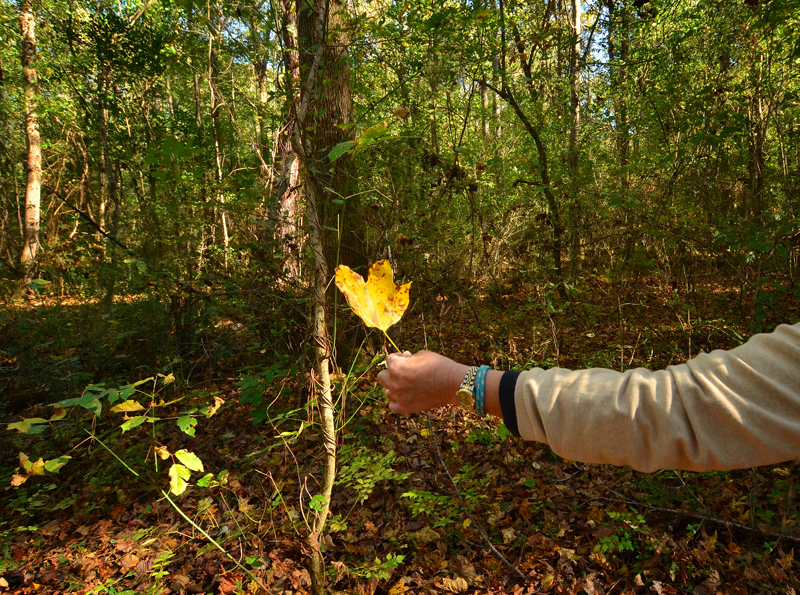 Fall is beginning and by next weekend, we’ll have color to talk about.
Fall is beginning and by next weekend, we’ll have color to talk about.
 We trampled along through lots of pine needles and fallen leafs.
We trampled along through lots of pine needles and fallen leafs.
 Here’s the Tugaloo River looking out from where native Indians would have stood. For centuries the area was inhabited by different native tribes. “The Tugaloo River forms the border between Stephens County Georgia and Oconee County South Carolina from Yonah Dam to the north into the upper reaches of Lake Hartwell on its southern end, a distance of approximately 10 miles.”
Here’s the Tugaloo River looking out from where native Indians would have stood. For centuries the area was inhabited by different native tribes. “The Tugaloo River forms the border between Stephens County Georgia and Oconee County South Carolina from Yonah Dam to the north into the upper reaches of Lake Hartwell on its southern end, a distance of approximately 10 miles.”
 Before we left the beach area, we noticed several different tracks some belonging to birds, herons, racoons, and this one. (Smile) Claws and not a dog! Yikes!
Before we left the beach area, we noticed several different tracks some belonging to birds, herons, racoons, and this one. (Smile) Claws and not a dog! Yikes!


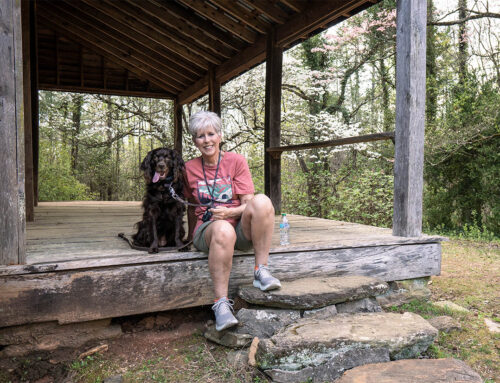
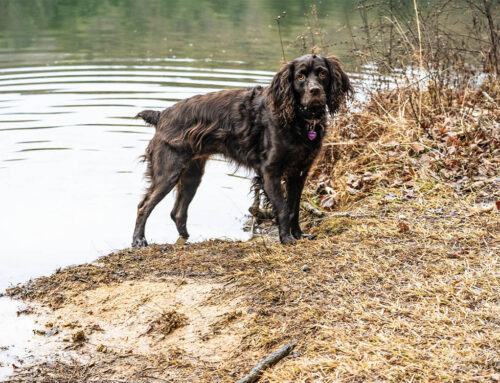
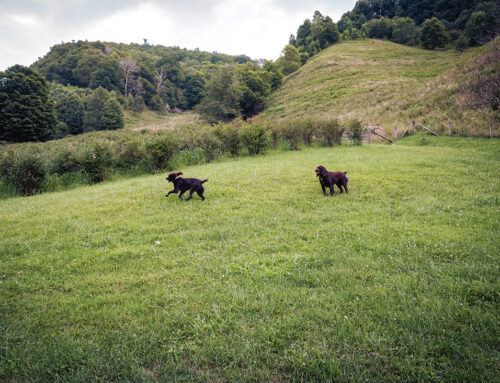
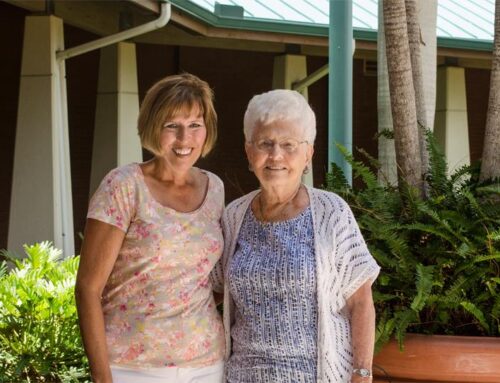
Leave A Comment